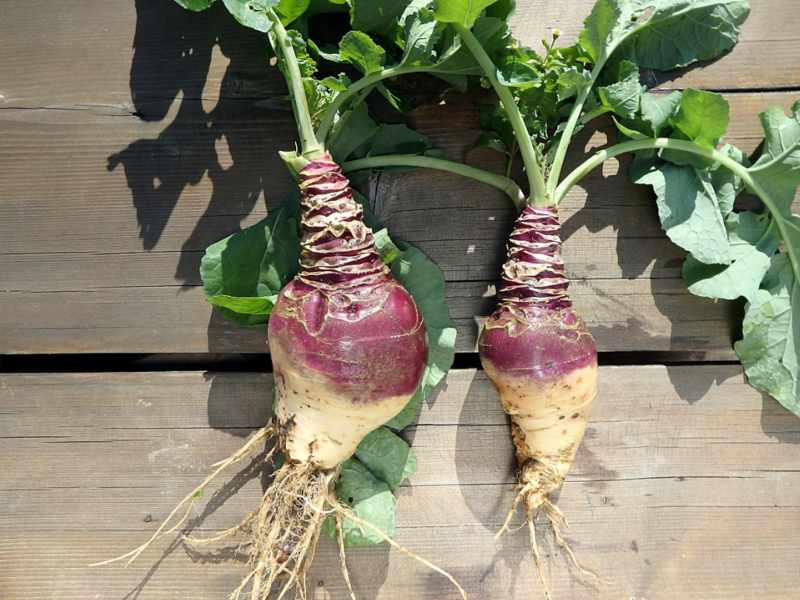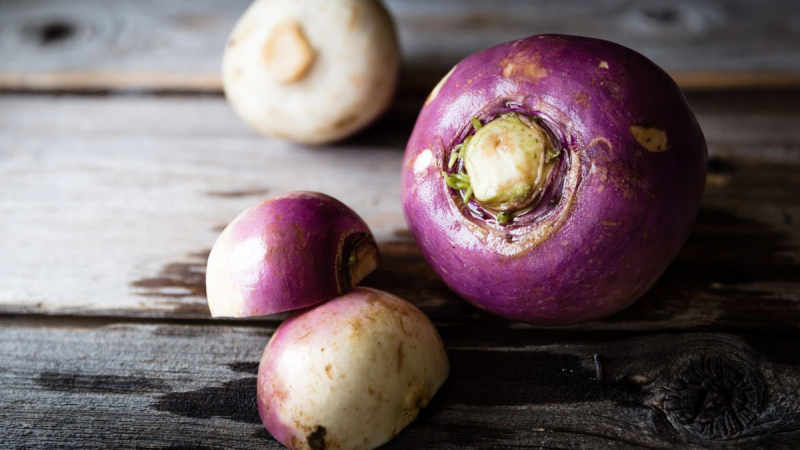Rutabagas

Rutabagas have an impressive nutrient content. These root vegetables thrive in colder climates and develop a sweeter flavor when the weather gets cold in the fall and winter. The lush green tops that stick up from the ground can be eaten together with the rest of the rutabaga plant.
One cup of cooked rutabaga (170 grams) contains more than half of the daily vitamin C needed and 16% of the daily potassium requirement. Potassium is needed for heart and muscle contraction. It also helps in the regulation of blood pressure. In fact, studies have shown that a potassium-rich diet can help lower blood pressure. Furthermore, cruciferous vegetables like rutabagas have been related to a lower risk of heart disease in observational studies. In fact, according to one research, consuming more cruciferous vegetables can cut the risk of heart disease by up to 15.8%. Rutabagas are a good source of B vitamins, magnesium, phosphorus, and manganese, in addition to being high in vitamin C and potassium.











